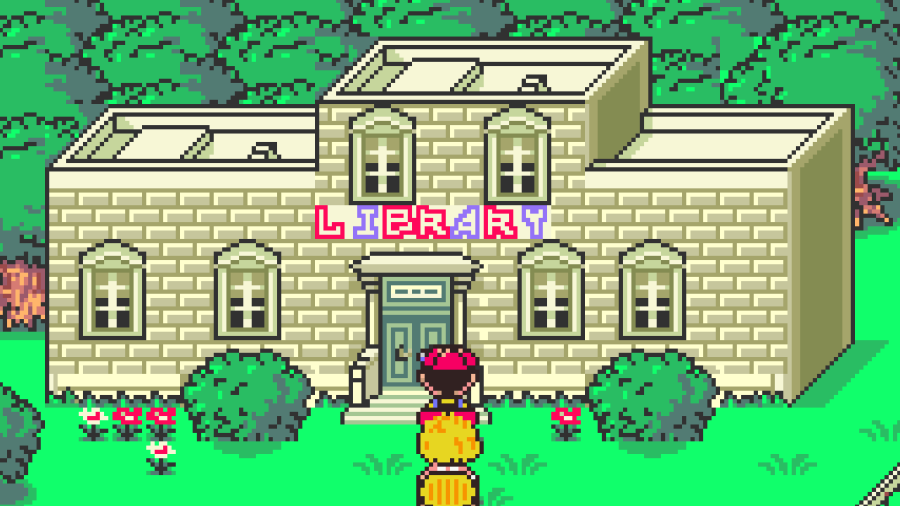This should be held until eighth or ninth grade—so shall we keep the division in grades, and between elementary, middle, high and college, as they are? And what about the lay of the school year—where should the breaks be, and how long? I suppose much will be conserved here; but let this be considered hand in hand with the curriculum. The keystone of it, as I conceive it setting out, is its historical perspective, by which I simply mean that, insofar as possible, works will be taught in the context of their creation, and in relation to what came before and what followed. Thus, we will read the likes of Beowulf and Chaucer, Shakespeare and Milton, Blake and Keats, Joyce and Eliot, Tom Stoppard and Philip Pullman, in that order, though perhaps cyclically, by which I mean that while kindergardeners probably will not get King Lear, they may be treated to a few of the songs; as soon as possible, though, the groundwork of an understanding of Renaissance, 17th century, 18th c., and modern will be laid, and the key ideas of each borne in mind.
As with the English, we will read some French, Italian, German and Russian works to provide another kind of context, geographical, and build outwards in both, in time and space, so that a graduate has a sense of the sweep of culture to which he is the inheritor. And we will read American books, of course, and books by women, and from elsewhere on Earth than the West, from other levels of society than the elite, and even some postmodern and contemporary stuff--this is all our purview. Naturally, we won’t be learning French, Italian, etc ; however, exposure to foreign languages, and actually becoming fluent in at least one living language, is a major goal for the new education, a concrete end within the broader goal of relating the possibilities, the varieties of experience making up life. Towards this end, students at one elementary school will begin learning Spanish, those at another, French, and at a third, Chinese; in the unlikely event that there are qualified teachers, more than one may be offered at a single school, and any kids whose parents want to go a little crazy will be free to take multiple languages.
This freedom raises an important point—while there will be a core of such sources as the Bible, Homer, Shakespeare, elsewhere there will be instead a list to choose from, at the individual teacher’s discretion, to avoid undue lockstep and keep things fresh from year to year.
And then besides books, for there is much more to culture, we will teach the art, music, history, that is, what was happening politically, what life was like, and science, how people looked at the world and made use of it. It may be worth reading some of the sources on these subjects, but more often it may be best left to the artifacts—the pictures, reproductions of tools, food, maps—accompanied by a summary from the teacher. We will not only be listening to music and looking at paintings, but playing instruments and singing and drawing—and even writing, not just reading. Oh yeah, math.
Thursday, July 30, 2009
Subscribe to:
Post Comments (Atom)



No comments:
Post a Comment